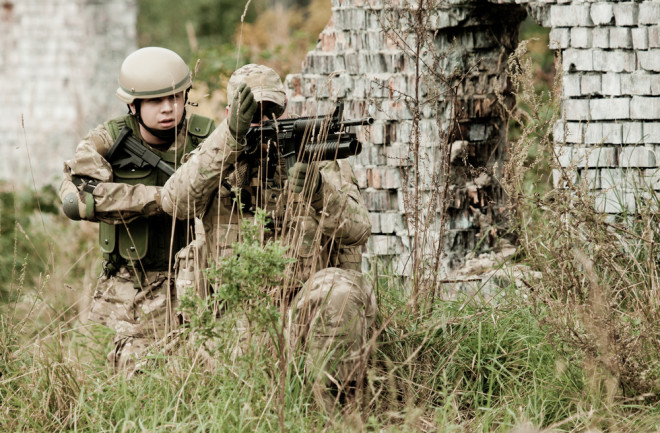(Credit: Adam Ziaja/Shutterstock) The soldiers at Checkpoint 56 ordered the woman to stop. She was Palestinian, the soldiers were Israeli, and this checkpoint divided the Israeli and Palestinian-controlled sections of Hebron on the West Bank. The checkpoint’s metal detector had gone off when the woman walked through. The soldiers ordered her to raise her veil. She refused. Then she pulled a knife. The soldiers fired at her legs and feet. She rushed at one of them, knife raised. He fired into her abdomen. She died in a hospital in Jerusalem a few hours later. She was 18 years old. Most of us are sickened by stories like these. Yet very few of us know what we would do in the same situation when adrenaline offers two stark choices: fight or flee. Even soldiers can react unpredictably in the life-or-death situations they’ve trained for. The U.S. military is now pouring hundreds of thousands of dollars into research on the fight-or-flight instinct, and on ways to mitigate it in combat. They’re discovering that it may be possible to tame this natural response, but better soldiers and police officers come with a cost.
The Limits of Fight-or-Flight Training

Newsletter
Sign up for our email newsletter for the latest science news
0 free articles left
Want More? Get unlimited access for as low as $1.99/month
Stay Curious
Sign up for our weekly newsletter and unlock one more article for free.
View our Privacy Policy
Want more?
Keep reading for as low as $1.99!
Already a subscriber?
Find my Subscription
More From Discover
Stay Curious
Subscribe
To The Magazine
Save up to 40% off the cover price when you subscribe to Discover magazine.
Copyright © 2025 LabX Media Group
